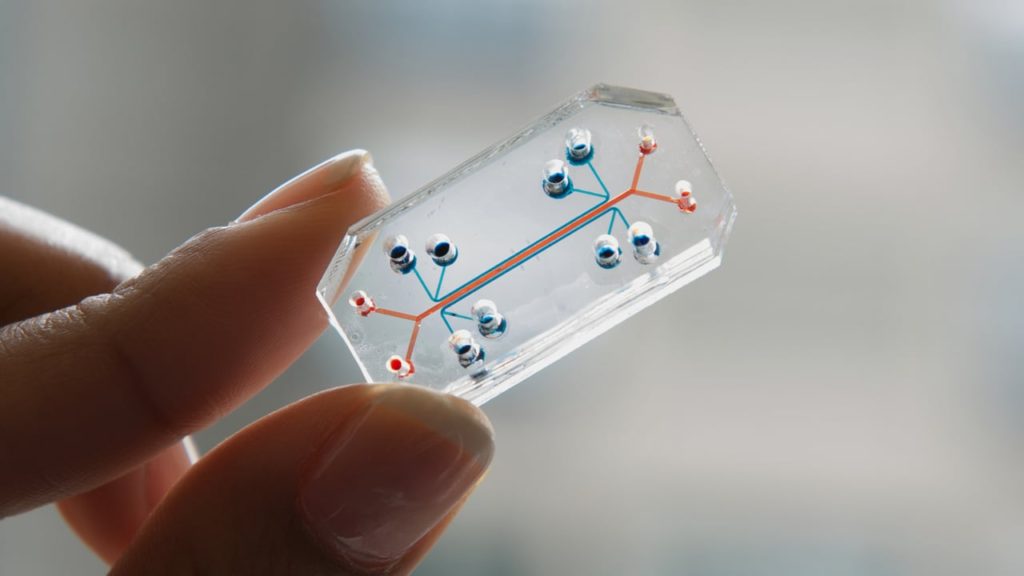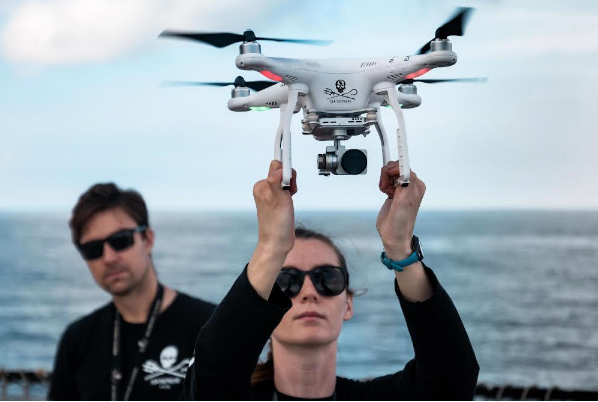By Jen Bravo, Guest Contributor
In part one of our Tech Trends That Are Changing the World for Animals–for the Better!, we shared some exciting technology trends that are benefiting animals—including innovations around the future of protein—hint: it’s cruelty-free!—and how virtual entertainment and immersive experiences are changing how we will relate to animals, learn about them, and be entertained by them.
In this post, we’ll talk about ending animal testing—finally!—and how drones and artificial intelligence are revolutionizing anti-poaching and conservation efforts.

Trend #3: Ending Animal Testing
Many of us have been fighting the practice of animal testing for decades. We’ve lobbied to change regulations (here, here, and here), rescued animals from laboratories, and educated our friends and family about buying cruelty-free products. The day is coming, however, when it’s cheaper and more efficient for companies to switch completely to new non-animal testing methods. Over the past few years, the development of human organs “on-a-chip” have begun to revolutionize disease modeling and drug development at an astonishing rate. At the same time, it’s revealing animal testing as the archaic and inaccurate practice that it is.
The Wyss Institute at Harvard University has “engineered microchips that recapitulate the microarchitecture and functions of living human organs, including the lung, intestine, kidney, skin, bone marrow, and blood-brain barrier. These microchips, called ‘organs-on-chips,’ offer a potential alternative to traditional animal testing.” By testing on replicas of human organs, rather than animals with a different physiology, researchers will increase the accuracy of their results, while reducing costs. The Wyss Institute isn’t the only one. Many companies are working through FDA approval processes and continuing to refine their innovations. And it gets better—companies like Emulate are finding ways to emulate the entire human body, opening doors for an improved understanding of how diseases, medicines, and our environment affect us, all without testing on any animals.
If you’re interested in learning more about these new technologies, IndieBio, a San Francisco-based biotech accelerator, will be highlighting Scaled Biolabs, a startup that is “accelerating biologic, gene, and cell therapies using smart microfluidic chips.” You can view IndieBio’s most recent Demo Day—February 9, 2017—here, which features Scaled Biolabs.

Trend #4: Drones and Artificial Intelligence
No, this trend isn’t about SkyNet, and the Terminator isn’t coming for you (as far as I know). But if you’re an elephant or rhino poacher, a drone might be. Using drones to fight poaching isn’t new, but they’ve been highly effective, and that effectiveness will continue to improve with the use of smart systems and artificial intelligence. The Black Mambas—the celebrated majority-women anti-poaching unit in South Africa—are using drones to protect rhinos, and the Sea Shepherd Conservation Society is using drones to patrol marine reserves in the Gulf of California. Legendary Captain Paul Watson of Sea Shephard has outfitted all of his ships with drones, arguing that advanced technology is the best way to combat poaching (see the link for “DIY drones” below). And Air Shepherd is using predictive algorithms, originally developed to locate improvised explosive devices (IEDs) to predict where poachers will be located, then sending drones to patrol those areas. Artificial intelligence allows drones to recognize what’s important, saving precious bandwidth, and alerting rangers only when their help is needed. One example is the philanthropic arm of the Dutch company Birds.ai, which provides “intelligent eyes in the sky” to rangers protecting rhinos from poaching.
As predictive modeling and artificial intelligence improve, and as hardware costs of the drones themselves come down—and crafty rangers are able to DIY drones for one-tenth the cost!—our ability to stop poaching before it starts will continue to improve.
We all know that technology moves fast, but these “exponential” technologies—technologies that are improving in performance and decreasing in cost along an exponential curve—can surprise us with the speed at which they take off. So if 2017 has gotten you down, just think that these technologies are getting better and better, and cheaper and cheaper, at an exponential rate. The days of factory farming, zoos and animal shows, animal testing, and poaching are coming to an end…faster than we think.